An OTDR launch cable box, also known as a launch cable or a dead zone eliminator, is a device used in fiber optic testing to improve the accuracy of measurements taken with an optical time-domain reflectometer (OTDR).
An OTDR launch cable box is essentially a length of fiber optic cable that is spooled inside a protective case. The cable is typically several kilometers long and is used to “launch” the OTDR signal into the fiber under test. The launch cable box also provides a means of measuring the loss of the first connector and eliminating the “dead zone” that occurs when the OTDR pulse is reflected back from the OTDR’s own connector and is mistaken for the first reflection from the fiber under test. When performing an OTDR test,
the launch cable box is connected to the OTDR’s output port, and the fiber under test is connected to the launch cable box’s input port. The OTDR then sends a pulse of light down the launch cable, which travels through the fiber under test and is reflected back by imperfections in the fiber.
The OTDR then measures the time and intensity of the reflections to determine the length and attenuation of the fiber. By using an OTDR launch cable box, the OTDR can accurately measure the loss and reflectance of the first connector, and can eliminate the dead zone that occurs when the OTDR pulse is reflected back from the connector. This improves the accuracy of the OTDR test results and allows for more precise measurements of the fiber optic network.
- Product Name : Fiber Optic OTDR Launch Cable Box
- Fiber Type : G.652D/G.657A/OM1/OM2/OM3/OM4
- Connector Type : FC/SC/LC selectable
- Polishing Type : APC/UPC selectable
- Material : SR Polypropylene
- Color : Yellow
- Size : 238mmL x 141mmW x 66mmH
- Weight : 1kg(package included)
OTDR Launch Cable Box, which connects the OTDR to the link-under-test, discloses the insertion loss and reflectance of the near-end connection. It is often available on a small spool or within a ‘launch box’, which is used to create the proper conditions for testing another similar optical fiber for faults. This method avoids undesirable variations in loss and distance measurements. A launch fiber will help to overcome the blind spot or Dead Zone of an OTDR brought about by high launch power or faults near the launch end of the fiber

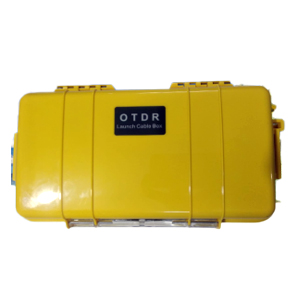
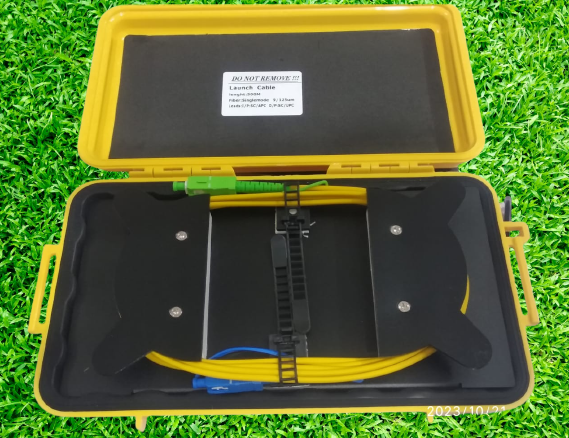
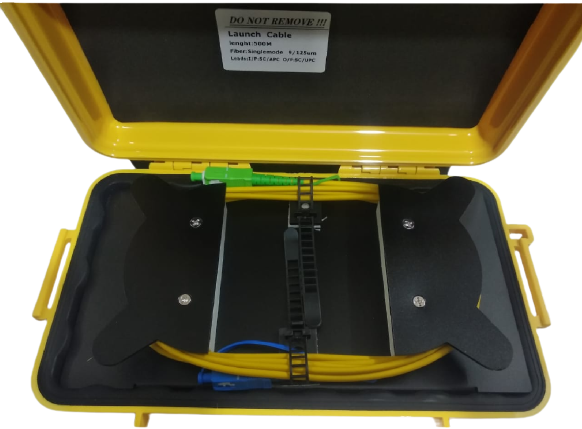
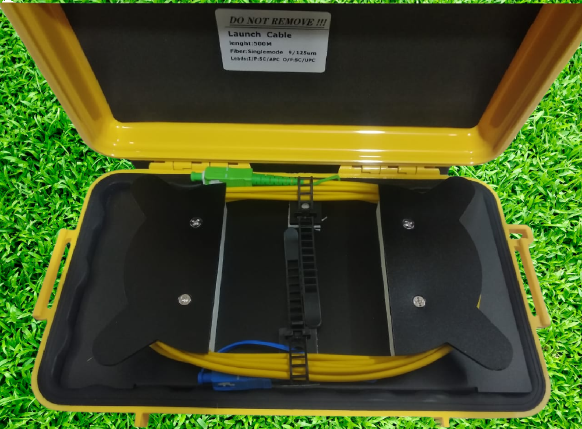
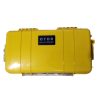
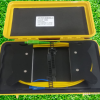
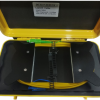
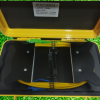
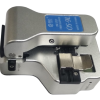
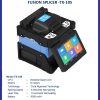

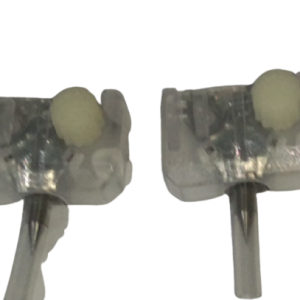
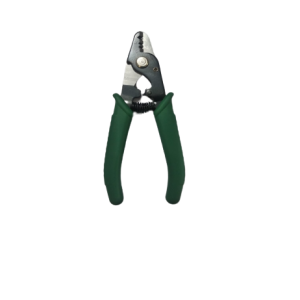
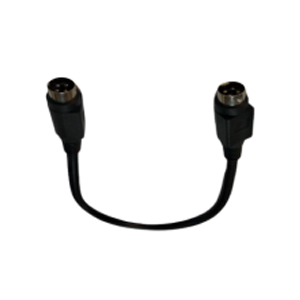
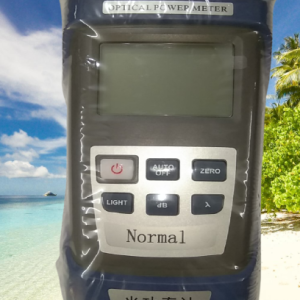



Reviews
There are no reviews yet.